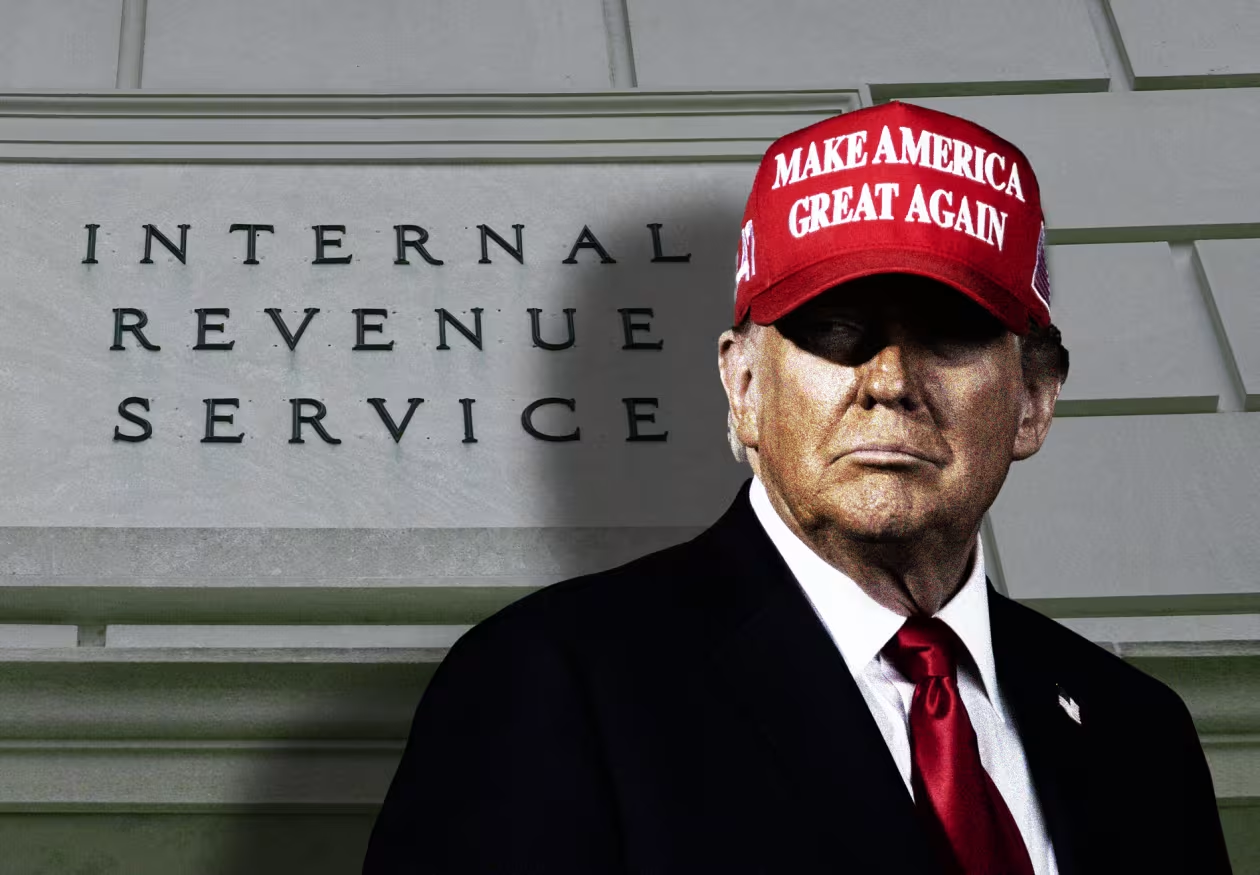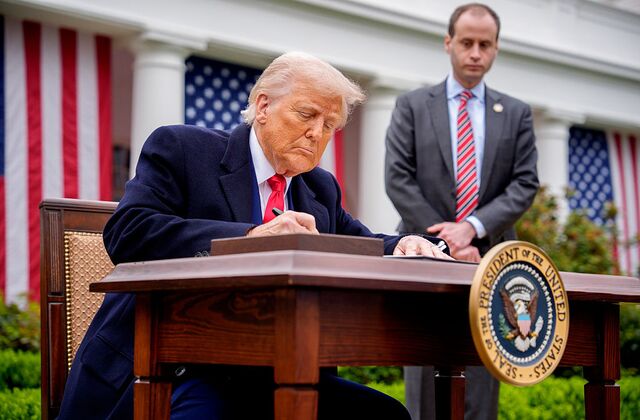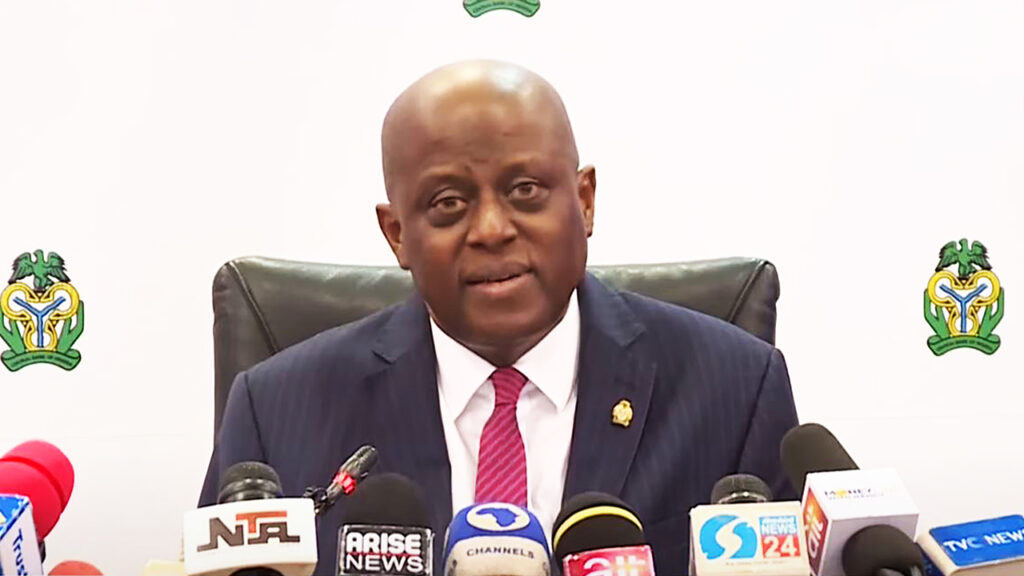US President Donald Trump signed an executive order on Thursday to establish a “Strategic Bitcoin Reserve,” a move that marks a strong endorsement of digital currency despite its past reputation as a tool for money laundering.
The new reserve, often described as a “digital Fort Knox,” will be composed of bitcoins and other digital assets that have been seized in US criminal proceedings. David Sacks, the White House’s self-appointed crypto “czar,” highlighted in a social media post that the move fulfills a Trump campaign promise while emphasizing that the initiative “means it will not cost taxpayers a dime.”
According to Sacks, the primary purpose of the stockpile is to ensure the responsible stewardship of the government’s digital assets under the Treasury Department. The executive order also provides the secretaries of Commerce and Treasury with the authority to develop “budget-neutral strategies” for augmenting the reserve over time. This flexibility is intended to support a long-term vision for incorporating digital assets into government financial planning without burdening taxpayers.
The announcement had an immediate impact on the cryptocurrency market, with Bitcoin prices falling as much as five percent. Market observers noted that the decline was likely due to disappointment over the fact that the program does not involve any immediate bitcoin purchases, leaving investors to wonder about the timing and scale of future actions.
This initiative comes just ahead of a White House summit scheduled for Friday, where major crypto figures, many of whom were significant donors during Trump’s recent campaign, are set to discuss the future of digital finance. Supporters of cryptocurrency view the asset class as a revolutionary force that diminishes reliance on centralized banking systems and empowers individual financial freedom. They argue that such policies could pave the way for a more diversified and resilient financial ecosystem.
Trump’s personal involvement in the crypto space is not new. Earlier this year, he partnered with the exchange platform World Liberty Financial and even launched his own “Trump” memecoin, mirroring similar moves by his wife, Melania. These ventures, however, have not been without controversy. Critics like Democratic Senator Chris Murphy have accused Trump’s crypto endeavors of creating potential avenues for corruption, comparing the moves to publicly sharing personal payment handles and inviting opaque financial contributions.
As the government’s digital asset strategy unfolds, the new executive order sets the stage for a broader discussion on the role of cryptocurrencies in national finance. Whether this initiative will ultimately lead to a significant shift in policy or remain a symbolic gesture aimed at bolstering Trump’s legacy remains to be seen, but its impact on the market and political landscape is already generating considerable debate.



